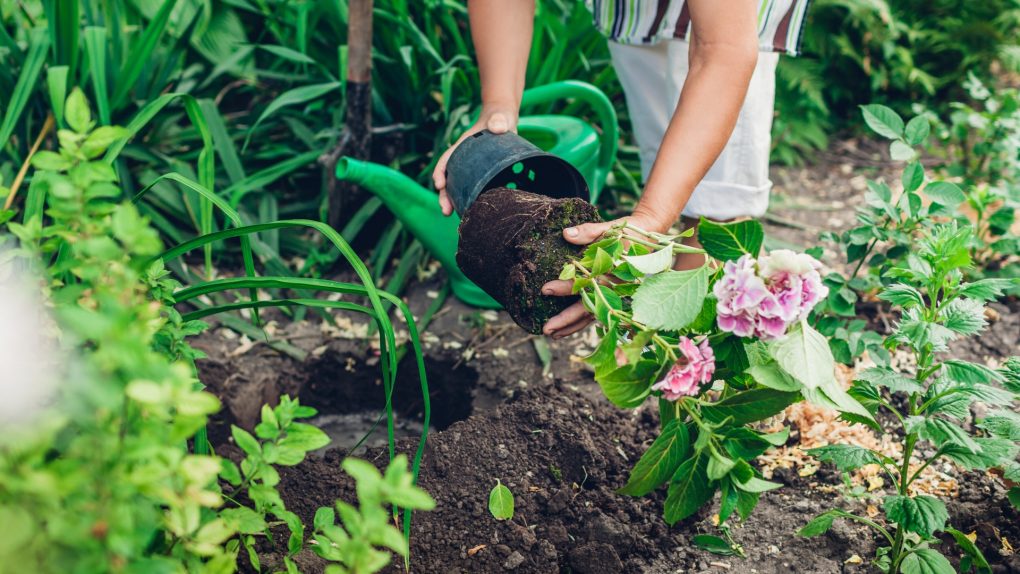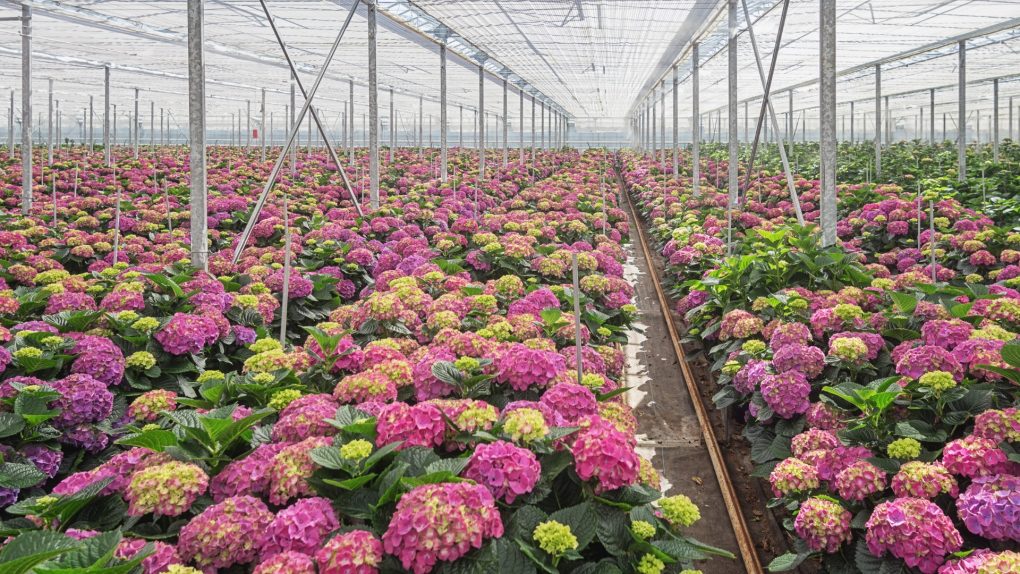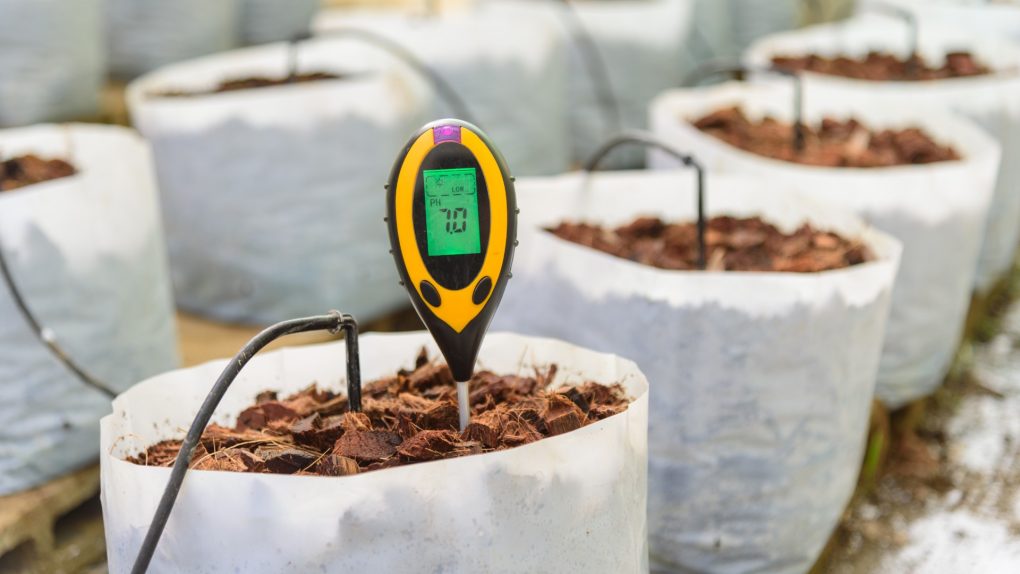How Deep Are Hydrangea Roots? A Comprehensive Guide
Hydrangeas are popular flowering shrubs prized for their large, showy blooms. They are relatively easy to care for and can be grown in various soil types and climates. One common question gardeners have about hydrangeas is how deep their roots grow.

Hydrangea roots are generally not very deep, typically extending 12 to 18 inches (30 to 45 cm) beneath the soil surface. Although they don’t go incredibly deep, these roots tend to spread horizontally, forming a wide network about 1.5 to 3 times the canopy’s diameter.
This shallow root system allows hydrangeas to absorb water and nutrients efficiently near the soil surface, but it also means they can be sensitive to drought and other environmental factors. Providing adequate water and organic matter in the soil can help ensure proper growth and stability for these beautiful flowering shrubs.
Table of Contents
The Importance of Understanding Hydrangea Roots
Hydrangea Plant Overview
Hydrangeas are deciduous, flowering shrubs native to Asia and the Americas. They are popular ornamental plants due to their large, showy blooms and easy-to-grow nature. Hydrangeas come in many varieties, but all have similar root systems.
Root System Importance
Understanding the root system of hydrangeas is important for their overall health and growth. Hydrangea roots are shallow and fibrous, spreading loosely below the soil’s surface. This means they need regular watering and a steady supply of nutrients to thrive.
One of the most important things to remember when planting hydrangeas is to give them plenty of space. Because their roots spread out so much, they can easily become crowded and compete for resources. This can lead to stunted growth and poor blooming. Therefore, it is recommended to plant hydrangeas at least 3 to 10 feet apart, depending on the variety.

Hydrangeas also prefer soil that is neutral or slightly acidic in pH. If the soil is too alkaline, the plant may not be able to absorb nutrients properly, leading to poor growth and blooming. Adding organic material to the soil can help to improve its pH and provide nutrients for the plant.
In conclusion, understanding the root system of hydrangeas is crucial for their health and growth. By giving them plenty of space and the right soil conditions, you can ensure that your hydrangeas will thrive and produce beautiful blooms year after year.
Hydrangea Root Depth
Hydrangeas are popular ornamental shrubs that produce beautiful blooms in various colors. They are relatively easy to grow, but it’s important to understand their root depth to ensure proper care and maintenance. In this section, we’ll explore the factors affecting root depth and the average root depth of hydrangeas.
Factors Affecting Root Depth
Several factors can affect the depth of hydrangea roots, including:
- Soil Type: Hydrangeas prefer well-draining soil rich in organic matter. Sandy soils tend to have shallower root systems, while clay soils can promote deeper root growth.
- Water Availability: Hydrangeas require consistent moisture, but overwatering can lead to shallow root growth, and inadequate water can also limit root depth.
- Temperature: Hydrangeas are hardy plants that can tolerate various temperatures, but extreme heat or cold can affect root development.
- Plant Age: Young hydrangeas have shallower roots than mature plants, as they are still establishing themselves.
Average Root Depth of Hydrangeas
The root depth of hydrangeas can vary depending on the type of hydrangea and the growing conditions. Hydrangea roots generally remain relatively close to the soil’s surface, typically 12 to 18 inches deep. However, some factors can promote deeper root growth, such as:
- Adding Organic Matter: Incorporating compost or other organic matter into the soil can promote deeper root growth by improving soil structure and water retention.
- Mulching: Applying a layer of mulch around the base of the plant can help regulate soil temperature and moisture levels, encouraging deeper root growth.
- Watering: Providing consistent, deep watering can encourage roots to grow deeper in search of moisture.
It’s important to note that hydrangeas can become invasive if left unchecked, as their shallow roots can spread beyond the plant’s drip line. Proper spacing and regular pruning can help prevent this from happening.
How to Determine Hydrangea Root Depth
Methods for Determining Root Depth
There are several methods for determining the depth of hydrangea roots. One way is to dig a hole near the base of the plant and use a ruler or tape measure to measure the depth of the roots. This method is not recommended as it can damage the plant and disturb the root system.
Another method is to use a soil probe to measure the depth of the roots. Soil probes are long metal rods inserted into the soil and used to measure the depth of the roots. This method is less invasive than digging a hole and can provide accurate measurements of root depth.

Tools for Measuring Root Depth
Several tools can be used to measure the depth of hydrangea roots. One tool is a soil probe, as mentioned above. Another tool is a handheld moisture meter, which can be used to measure the moisture content of the soil at different depths. This can indicate the depth of the roots, as hydrangea roots tend to grow in moist soil.
A third tool is a root imaging system, which uses X-ray technology to create images of the root system. This can provide a detailed view of the root system and help determine the depth of the roots.
In conclusion, several methods and tools can be used to determine the depth of hydrangea roots. For example, it is important to use a least invasive method to the plant and provides accurate measurements. By understanding the depth of the roots, gardeners can better care for their hydrangeas and ensure their health and longevity.
Implications of Hydrangea Root Depth
Impacts on Plant Health
Hydrangeas are known for their shallow root system, which requires frequent watering and fertilization to maintain their health. The shallow roots also make them susceptible to damage from drought, frost, and other environmental stressors.
However, the shallow root system can also benefit the plant’s health. For example, the roots can absorb nutrients and water from the topsoil, where they are most abundant. This allows the plant to grow quickly and produce large, showy blooms.
Impacts on Landscaping
The shallow root system of hydrangeas can positively and negatively impact landscaping. On the one hand, the plants can be easily transplanted and propagated, making them a popular choice for gardeners and landscapers.
On the other hand, the shallow roots can also make hydrangeas invasive. They can quickly spread and take over an area, crowding out other plants and disrupting the balance of the ecosystem. This can be especially problematic in areas where the soil is already poor or where plants have limited space to grow.
To mitigate these impacts, it is important to plant hydrangeas in areas with plenty of room to grow and where the soil is well-drained and nutrient-rich. Regular pruning and maintenance can also help to keep the plants healthy and prevent them from becoming invasive.
